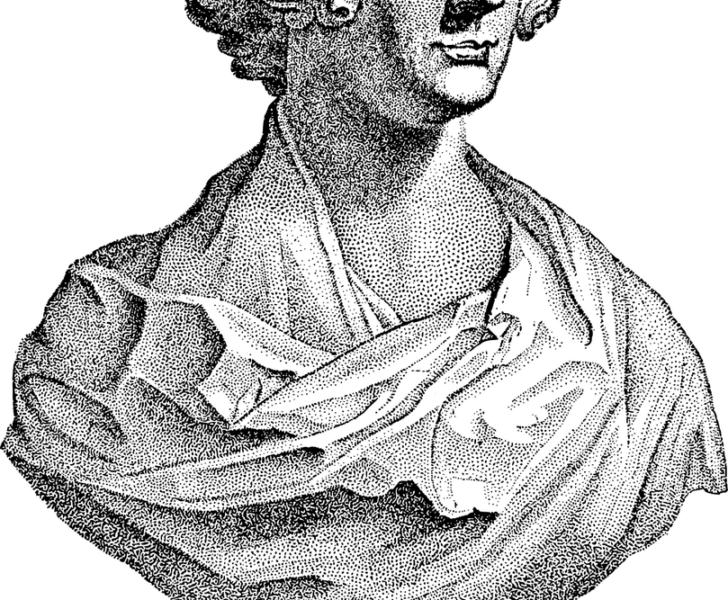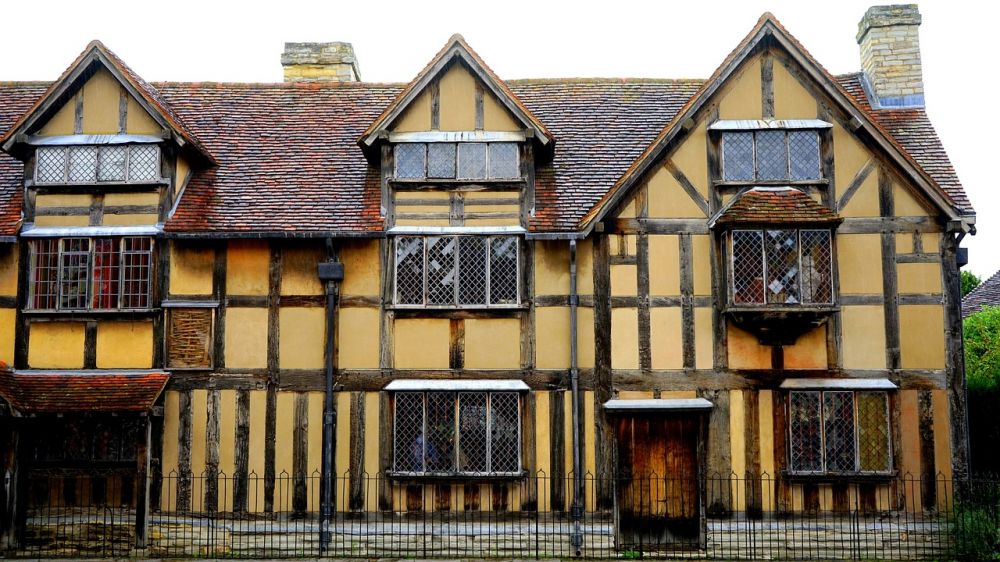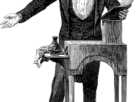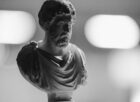The Raven by Edgar Allan Poe: A Deep Dive into its Historical Evolution

Introduction:
“The Raven” by Edgar Allan Poe is a renowned and timeless literary masterpiece that has captivated readers for generations. This haunting narrative poem, first published in 1845, delves into themes of grief, loss, and the mystery of the human mind. In this article, we will explore the importance of “The Raven” for those interested in Poe’s work, examine its historical journey, and shed light on its enduring relevance.
I. Unveiling the Essence of “The Raven”:

“The Raven” is a poem that explores universal themes, making it significant not only for literature enthusiasts but also for anyone interested in the human condition. Poe’s masterful use of language and symbolism contributes to its everlasting allure. Here are key points to remember about “The Raven”:
– Structured as a narrative poem, “The Raven” follows an unnamed narrator’s descent into madness after the death of his beloved Lenore.
– The poem’s central symbol, the raven, represents both the narrator’s despair and the inevitable presence of death. Its repetitive refrain, “Nevermore,” echoes the protagonist’s anguish and reveals his inability to move past his grief.
– Poe’s use of rhythm, rhyme, and meter creates a haunting atmosphere that intensifies the poem’s emotional impact.
– Through the narrator’s interactions with the raven, Poe examines the themes of loss, longing, and the fragility of human sanity.
II. Historical Evolution of “The Raven”:
“The Raven” has experienced a rich and varied history since its publication in 1845. Understanding its evolution sheds light on its enduring popularity and cultural significance. Below are some key milestones in the poem’s journey:
– Initial Reception: Upon its release, “The Raven” garnered instant acclaim, captivating readers with its melancholic beauty. Critics praised Poe’s ability to create an unsettling atmosphere through vivid imagery and the mesmerizing rhythm of the poem.
– Public Readings and Performances: Poe himself performed dramatic readings of “The Raven,” captivating audiences with his haunting voice and mesmerizing delivery. These live performances further propelled the poem’s popularity and solidified Poe’s reputation as a master of the macabre.
– Integration in Popular Culture: Over the years, “The Raven” has become deeply ingrained in popular culture. It has been referenced in countless books, films, and music, including appearances in classic works such as “The Simpsons” and “The X-Files.” Its influence can be seen in contemporary literature and Gothic-inspired media.
– Artistic Interpretations: The poem has inspired numerous visual adaptations, with artists capturing its essence in illustrations, paintings, and even sculptures. These interpretations further emphasize the lasting impact of “The Raven” on the arts.
III. The Significance for Art Enthusiasts and Collectors:
“The Raven” holds immense significance for art enthusiasts and collectors due to its indispensable place in literary history. Its exploration of the dark recesses of the human psyche and its ability to evoke strong emotions make it a coveted piece for those seeking to enhance their collection. Understanding its depth and historical context adds value to any artistic endeavor. Here are key takeaways for art lovers:
– Cultural Resonance: “The Raven” epitomizes the Gothic literary tradition, providing a gateway into the exploration of emotions, fears, and the human experience. Owning a piece inspired by or related to “The Raven” allows collectors to connect with a broader cultural legacy.
– Symbolism and Inspiration: The raven as a symbol and the poem’s themes of grief and madness have one-of-a-kind visual potential. Artists and collectors can explore these motifs, incorporating them into their work or appreciating their representation in art pieces.
– Rarity and Collectability: First editions or rare editions of “The Raven,” as well as literary artifacts such as signed copies or original manuscripts by Poe, hold immense value in the world of book collecting. These coveted items bring art enthusiasts closer to the origins of Poe’s masterpiece.
– Expert Insights: In the world of art collecting, engaging with critics, scholars, and other enthusiasts can deepen appreciation and understanding. Joining intellectual conversations and exploring critical interpretations provides a holistic viewpoint on the poem’s significance in the art world.
Conclusion:
“The Raven” by Edgar Allan Poe remains an emblem of literary excellence, transcending time and captivating the hearts and minds of readers worldwide. Its historical evolution, from its initial publication to its integration into popular culture, illustrates its enduring impact. For art enthusiasts and collectors, embracing “The Raven” offers a unique connection to the world of Gothic literature and a chance to appreciate its everlasting influence upon the arts. Whether it be through collecting rare editions, exploring artistic interpretations, or simply delving into the depths of Poe’s words, “The Raven” will forever stand as a testament to the beauty and power of artistic expression.











